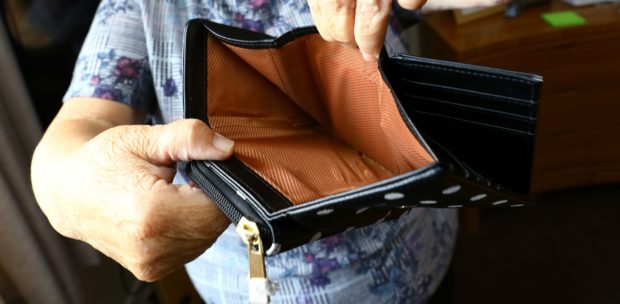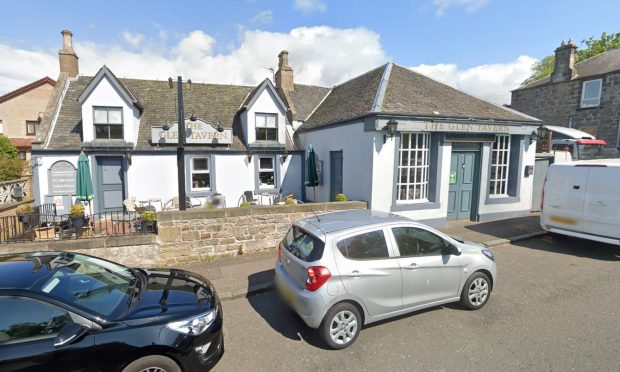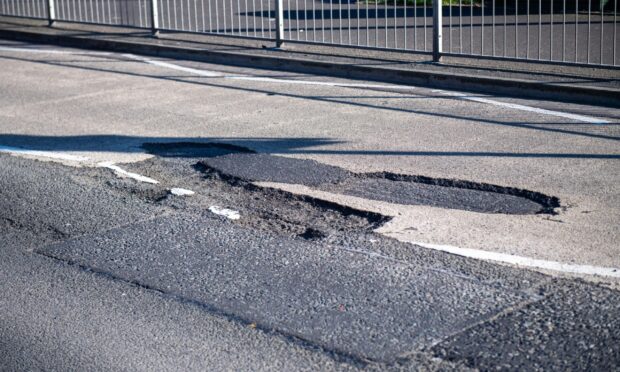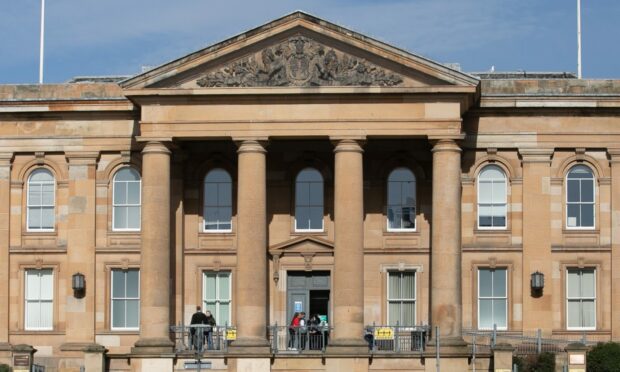Fife has seen a huge hike in the number of people seeking emergency handouts in the last seven years and hit its highest level ever in the autumn, according to new figures.
Applications to the Scottish Welfare Fund (SWF) from hard-pressed families in the region rose to a staggering 7,580 in July to September last year – representing more than a five-fold increase on the 1,565 received in the same period in 2013.
The same pattern has emerged in relation to crisis grants, often seen as a last resort in times of hardship or emergency, with the 6,240 applications received in the July to September 2019 quarter dwarfing the 1,135 lodged seven years ago.
More than three times as many people also asked for community care grants in the same period, up from 435 to 1,335.
The rise in Fife has sparked concern about the ability of low income families to cope with welfare reform, as the region posted the highest annual rise in SWF applications of all 32 Scottish local authorities – a 42% increase in the past year alone.
The most common reason families said they applied for emergency funding was because their benefits or other income had been spent.
Social Security Secretary Shirley-Anne Somerville, who is also SNP MSP for Dunfermline, revealed how £3.2 million worth of crisis grants were dished out between July and September 2019, 34% more than the same period the previous year.
Fife’s figure of £521,281 over that period was the second highest in Scotland, behind only Glasgow City Council which spent £769,153.
“This is the latest evidence that the UK Government’s swingeing benefit cuts are hitting the poorest in Scotland hardest,” Ms Somerville said.
“The large increase in people applying for emergency funding shows how much those on low incomes are struggling just to make ends meet.
“The Scottish Government will not stand by and let people who are already in need continue to face a reliance on food banks and the stress of debt and rent arrears.
“That’s why we are continuing to spend over £100 million each year to mitigate the worst effects of the UK Government welfare cuts – part of the £1.4 billion we spent last year to support low income households.
“This is money we should be able to invest elsewhere to help pull people out of poverty but we instead we need to use it to protect the most vulnerable in our communities.”
The Scottish Welfare Fund provides community care grants – which help people to live independently – and crisis grants, which are supposed to provide a safety net in a disaster or emergency.
While most of the crisis grants were processed within the same day in Fife, giving applicants some form of respite, a breakdown of the figures revealed how at least 15 people were forced to wait six working days or more.
“We are introducing the Scottish Child Payment to tackle child poverty head on which will start for eligible families with a child under six by Christmas,” Ms Somerville added.
“But there is no doubt that without the cuts inflicted on families by the UK Government this could go so much further.”
A UK Government spokesperson said: “Tackling poverty will always be a priority for the UK Government. There are over 3.8 million more people in employment compared to 2010, a million fewer workless households and a record low number of children in workless households.
“We know some families need support, which is why we spend £95 billion a year on working-age benefits, with Universal Credit now supporting more than 2.8 million people across the UK – almost 242,000 in Scotland, giving people financial help if they’re unemployed, low-paid or unable to work.
“People can get paid urgently if they need it and 95% of payments are made in full and on time. We changed the system so people can receive even more money in the first two weeks than under the old system and in Scotland, people can choose to be paid twice monthly and have the housing element of their Universal Credit paid directly to their landlords.
“Meanwhile, the Scottish Government has significant welfare powers and can top-up existing benefits, pay discretionary payments and create entirely new benefits altogether.”
Scottish Welfare Fund applications (July to September)
Angus Dundee Perth and Kinross Fife
2013 900 2145 560 1565
2014 885 2545 1185 3480
2015 735 1985 1030 3500
2016 745 2390 1180 3955
2017 810 2305 1240 3880
2018 865 2170 1255 5320
2019 1130 2070 1475 7580
Crisis grant applications (July to September)
Angus Dundee Perth and Kinross Fife
2013 705 1450 375 1135
2014 630 1785 900 2415
2015 515 1395 750 2560
2016 545 1680 885 3065
2017 560 1515 900 3065
2018 750 1420 900 4290
2019 840 1290 1115 6240
Crisis grants: A Fife case study
‘Mrs Brown’ contacted the Scottish Welfare Fund to make an application for a Crisis Grant as her household income had reduced significantly as a result of her husband being absent from work due to illness.
The family requested assistance with food and fuel for four days.
The couple have two children aged eight and 12 and also have their adult son still living with them.
Mrs Brown cares for her youngest child, who has autism.
The family live in a private sector tenancy and they had a small amount of rent arrears, despite the fact they are in receipt of a small amount of Housing Benefit.
Whilst carrying out the assessment for a Crisis Grant the local authority also provided a comprehensive welfare benefit check was undertaken to establish whether the correct amount of benefits/entitlements were in place.
A DHP application was taken to assist with the payment of the rent shortfall and consideration for the small amount of rent arrears owed.
A community care grant application was also taken for a washing machine as the family’s machine had broken beyond repair and Mrs Brown mentioned she was considering getting a new one via Bright House.
A referral was made to the Welfare Rights Team regarding Tax Credit overpayment.
A Crisis Grant was awarded to tide the family over for four days of £120.
A DHP was awarded and backdated for ten weeks to cover small amount of rent arrears.
DHP was also awarded for the shortfall in rent of £44.55 per week due to the non-dependant deduction being applied as the customer adult son still resides with the family.
A community care grant was awarded in respect of a washing machine for the family.
The Welfare Rights Team continued to assist Mrs Brown with an ongoing dispute with HMRC over a Tax Credit overpayment.










